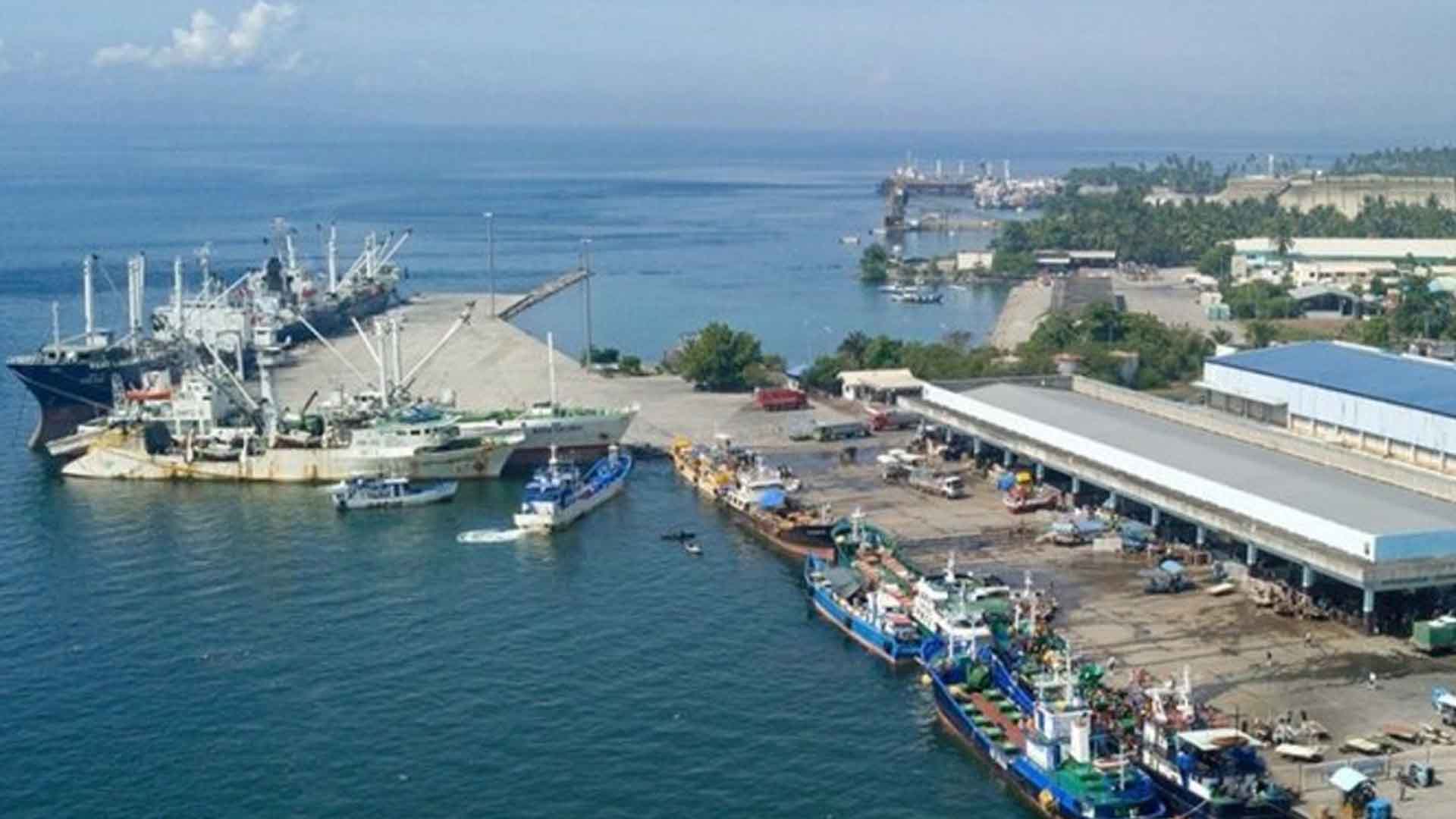President Ferdinand R. Marcos Jr. said on Tuesday the government will be putting up at least 11 more cold storage facilities in several fish ports across the country to maintain the freshness and quality of fishery products and prevent spoilage.
Marcos, who heads the Department of Agriculture (DA) made this announcement in a video interview released by the Presidential Communications Office (PCO) after a meeting with Cabinet members and heads of government agencies at Malacañan Palace.
Present during the meeting were officials of the DA, Bureau of Fisheries and Aquatic Resources (BFAR), Department of the Environment and Natural Resources (DENR), Laguna Lake Development Authority (LLDA), Department of the Interior and Local Government (DILG) and the Cooperative Development Authority.
“Ang naging solusyon diyan ay maglagay ng cold storage facilities doon sa mga bagsakan ng isda para ma-preserve naman ‘yung isda at hindi natin kailangan itapon ang maraming nasisira, napapanis na isda (The solution to that is to put cold storage facilities in fish ports so that the fish can be preserved and we do not have to throw away a lot of stale fish),” he said.
He said these additional cold storage facilities will supplement those already existing in the cities of General Santos and Cagayan de Oro.
“May plano ongoing. Nagtatayo tayo ng cold storage facilities. May expansion sa mga ibang lugar kagaya ng GenSan, ng CDO, mayroon na silang facility at mayroon pang mga ilalagay sa ibang lugar. (There is an ongoing plan. We are building cold storage facilities. There is expansion in other places such as General Santos, the Cagayan de Oro, they already have facilities and there are more to be placed in other places). Altogether 11 areas we will be installing cold storage,” he added.
He also said ice-making machines will be installed in smaller fish ports to maintain the freshness and quality of catch.
“Sana naman (I hope), by the end of this year, pag matapos na naming yung cold storage, mababawasan natin yung spoilage e baka hindi na natin kailangan mag-import (when we finish putting up cold storage facilities, we will be able to minimize spoilage and we will no longer need to import),” he said.
Should the country succeed in lowering the spoilage of the catch between 8 to 10 percent, Marcos said the Philippines would no longer depend on importing fish from other nations.
Based on data from the BFAR, approximately 25 to 40 percent of the total fish production in the Philippines is lost from the distribution chain due a shortage in post-harvest equipment like blast freezer and ice making machines as well as facilities like cold storage warehouses and fish landing sites.
Aquaculture, mariculture
Also during the meeting, Marcos and officials discussed ways to improve the country’s aquaculture industry by modernizing the fishponds to boost production.
He acknowledged the need for government to provide better credit assistance to fisherfolk.
“At ang pinakamalaking problema na nakita namin is the provision of credit na binibigyan – may pautang para sa ating mga fishermen para naman meron silang gagamitin, mayroon silang puhunan para pagandahin ang kanilang fishpond (And the biggest problem we have seen is the provision of credit that is given — there is a loan for our fishermen so that they have something to use, they have capital to improve their fishpond,” he said),” he said.
Marcos said establishing fish cages will also help boost fish production and attain food sustainability.
He said the government is also looking at mariculture or marine farming or farming of aquatic plants and animals through sea cages, long lines and other culture structures in marine and coastal areas.
High value species, such as bangus, siganid, seaweeds, oysters, mussels, red snappers, groupers, among others, can be grown through this method.
“Mayroon mga iba’t ibang lugar sa Pilipinas na mayroong mga maliliit na operation tungkol diyan. Ngunit sa aking palagay dahil malaki ang market para sa mga – ‘yung garoupa, ‘yung mga siganid, ‘yung mga snapper, ‘yung mamahalin na isda ay pwede pa natin i-export ‘yan kung maganda ang ating sistema (There are different places in the Philippines that have small operations in that regard. But in my opinion, because there is a big market for – the garoupa, the shrimp, the snapper, the expensive fish, we can still export that if our system is good),” he said.
“Gagawa kami ng plano para ma-encourage, para naman hihikayatin natin na ‘yung ating mga negosyante pumasok sa mariculture para matulungan ang ating mga mangingisda para matulungan ang kanilang value added (We will make a plan to encourage our entrepreneurs to enter into mariculture to help our fishermen add extra value to their catch),” he added. (PNA)







